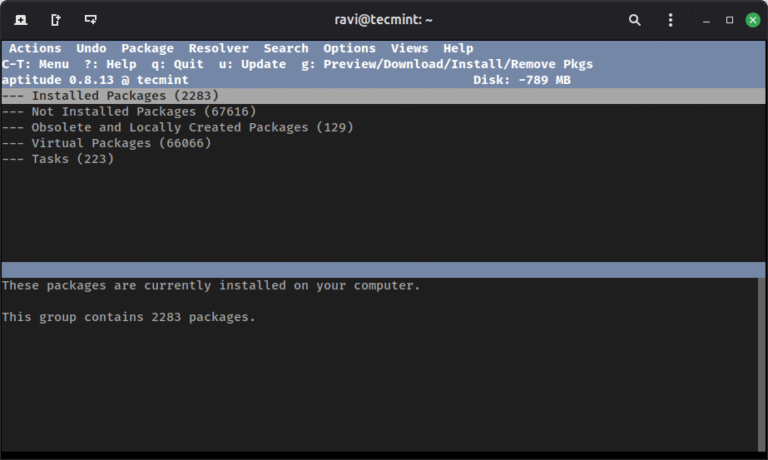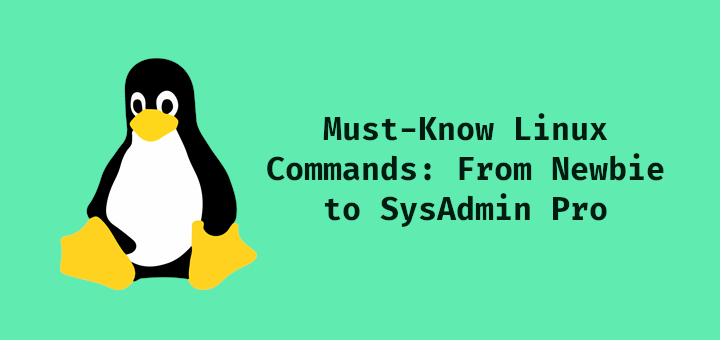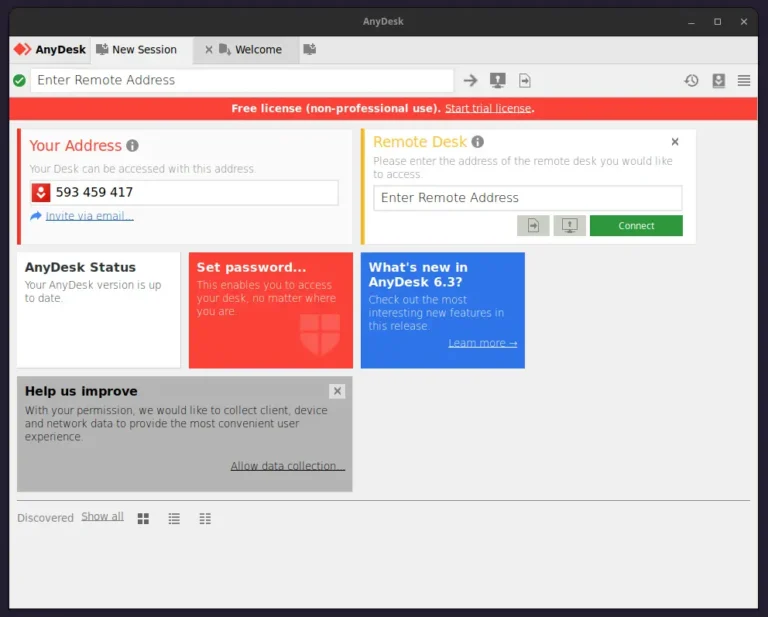Learning Objectives
$message = @{
text = “VM $vmName has been powered off via automation.”
} | ConvertTo-Json
- Use PowerCLI and Python to send data to and receive data from external REST APIs.
- Automate notifications and ticket creation with VMware scripting.
- Build workflows that bridge VMware and IT service management tools.
- Visualize multi-tool integration with an diagram.
My Personal Repository on GitHub
Step 1: PowerShell Script to Attempt a Snapshot and Output Result
Prerequisites
- Completed Articles 1–8.
- PowerCLI, Python, and access to the external tool/API (e.g., ServiceNow, Slack, Jira).
- Network permissions for API access (outbound HTTP/S).
1. Why Integrate PowerCLI with External APIs?
By the end of this article, you will:
- Automated incident response (e.g., open a ticket when a VM alert occurs).
- Real-time notifications to Slack, Teams, or email.
- Custom dashboards and cross-platform data pipelines.
2. PowerShell Example: Sending a Slack Notification from PowerCLI
Suppose you want to send a Slack alert when a VM is powered off.
Step 2: Python Script to Read Result and Call Jira API Step 1: Get Your Slack Webhook URL if status == "FAILED": Many organizations automate IT workflows by connecting VMware scripts to ticketing, chat, monitoring, or CI/CD tools. This allows: VMware Repository on GitHub Step 2: PowerShell Code to Post a MessageNext up: Article 10 is your capstone project—combining everything you’ve learned into a robust, multi-step automation workflow with PowerCLI and Python.# Power off a VM and send a Slack alert if successful
$vmName = "<your-vm-name>"
$webhookUrl = "<your-slack-webhook-url>"$vmName = "<your-vm-name>"
$outputFile = "C:Tempsnap_status.txt"import requestsInvoke-RestMethod -Uri $webhookUrl -Method Post -ContentType 'application/json' -Body $message
Save as snapshot_status.ps1:
3. Python Example: Creating a Jira Ticket from a PowerCLI Script
url = "https://<your-jira-server>/rest/api/2/issue/"
auth = ('<jira-username>', '<jira-api-token>')
headers = {"Content-Type": "application/json"}
data = {
"fields": {
"project": {"key": "IT"},
"summary": "VM Snapshot Failure - Automated",
"description": "Snapshot failed during automation run for VM.",
"issuetype": {"name": "Task"}
}
}
r = requests.post(url, json=data, auth=auth, headers=headers)
print("Jira Ticket Created:", r.status_code, r.json())
4. Diagram: Integration Workflow

5. Other Integration Ideas
- Post VM inventory reports to Teams or email with attachments.
- Trigger Ansible/Terraform or other IT automation from VMware events.
- Sync inventory with asset management databases.
- Send critical vSphere alerts to on-call engineers automatically.
6. Troubleshooting Tips
- For REST API authentication issues, check token/username, endpoint, and permissions.
- Test your API calls with sample data before wiring to production automation.
- Use PowerShell’s
Invoke-RestMethodor Python’srequestsfor API interaction. - Review API documentation for required fields and quotas.
7. Further Reading
8. Conclusion and Next Steps
Suppose your automation needs to open a Jira ticket if a VM fails to snapshot.
You now know how to connect your VMware automation to popular APIs and tools, unlocking workflows that bridge IT silos and speed up incident response.




